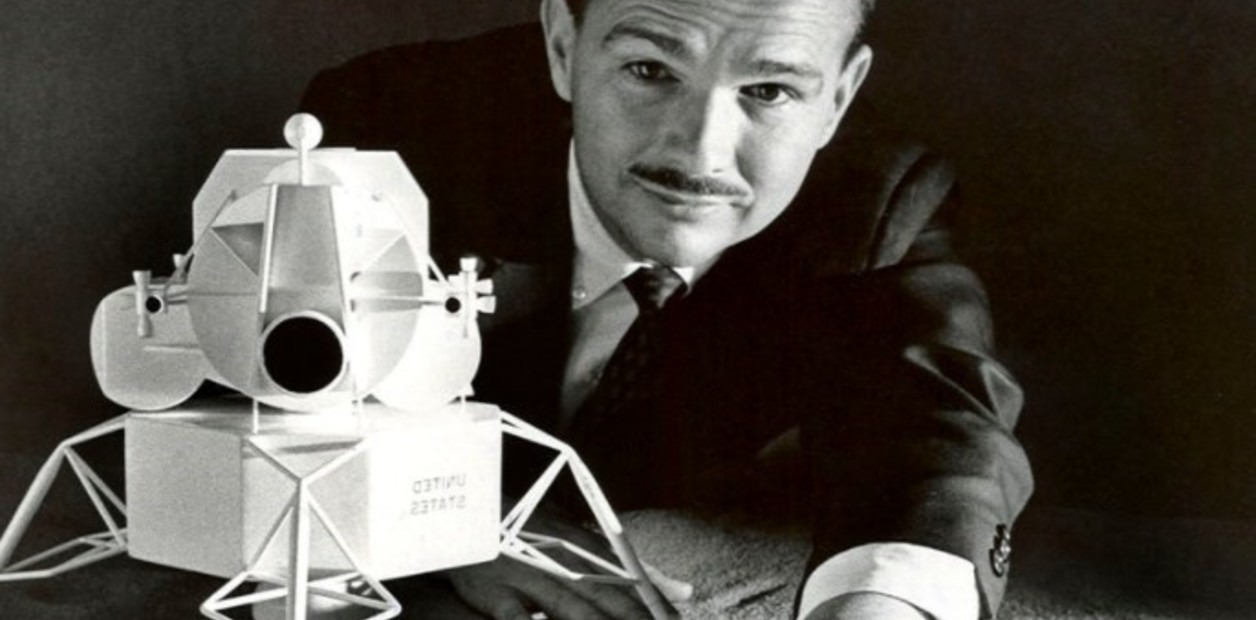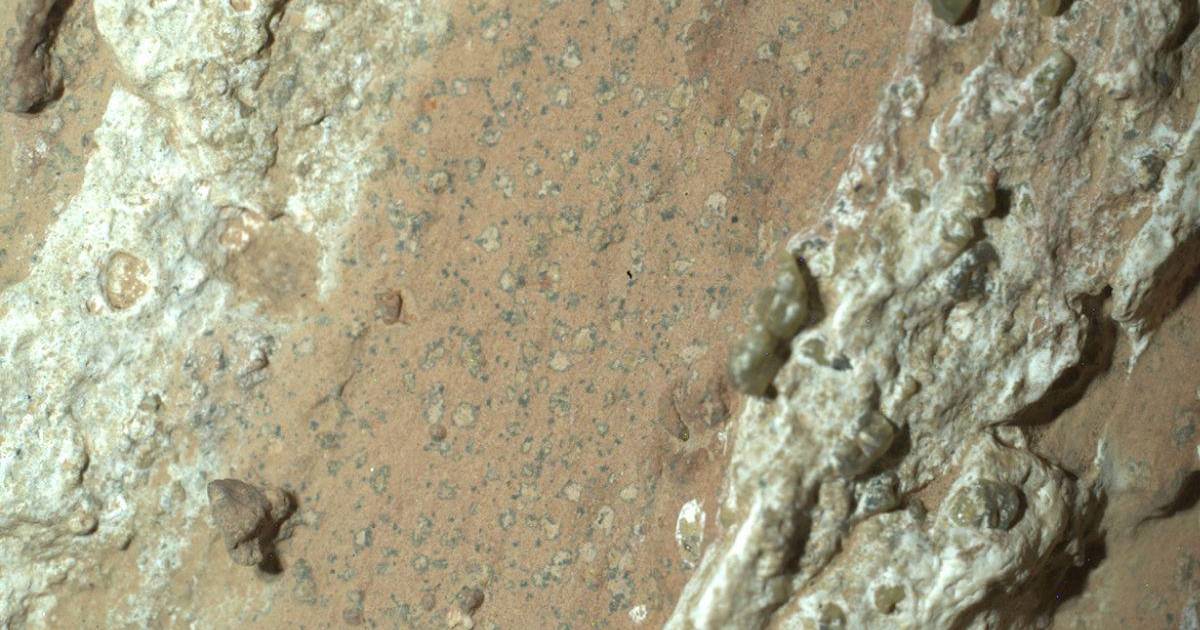
Eugene Merle Schumacher's most cherished dream was to one day be able to know the surface of the moon, and although he could not fulfill his greatest wish in life, today his remains are buried on the surface of the place he always wanted. arrival
By Clarion
Dr. Eugene Merle Schumacher, also known as “Big Gene,” was a renowned American geologist who was responsible for the discovery of planetary science. In addition, he was one of the pioneers in the study of solar system and lunar science, specializing in the study of craters.
Born in Los Angeles in 1928, his genius was genius. In three years he finished high school and at the age of 16 he entered university at the California Institute of Technology, dedicated to the study of natural sciences and engineering. By 1948 he had already received his doctorate from Princeton.
There he met the sister of a fellow student. Carolyn Spellman had a degree in history and politics and a minor in geography. They were soul mates and married in 1951.
They had three children and Eugene convinced her to study astrophysics and join his group. She did it and became a prominent scientist.
Meanwhile, Eugene was hired by the United States Geological Survey in 1950 to search for uranium deposits in Utah and Colorado, and there he specialized in craters.
A lover of the moon, he mapped it with the aim of creating the first lunar geological map. He founded the Astronomical Research Program, and developed astrology, which showed that all craters on the Moon were formed by meteorite impacts.
As a leading expert on the subject, he participated in the Lunar Ranger missions (the first American lunar missions in the sixties), collaborated in the training of Project Apollo astronauts in Baringer and Sunset Craters, and was a step away. To fulfill his biggest dream: to reach the moon as an astronaut.
It was very close. He was the first scientist commissioned to step it, but was excluded because he suffered from Addison's disease, a disorder of the adrenal gland.
He had to test the movement of the first astronauts, fix the most accurate maps of the moon, and be responsible for the safety of Apollo 11, the first manned voyage, but he chose that it was not enough. landing place
read more Clarion



:max_bytes(150000):strip_icc()/WilliamLevy-9d1412ad3c01443498e58ed956f6242c.jpg)

